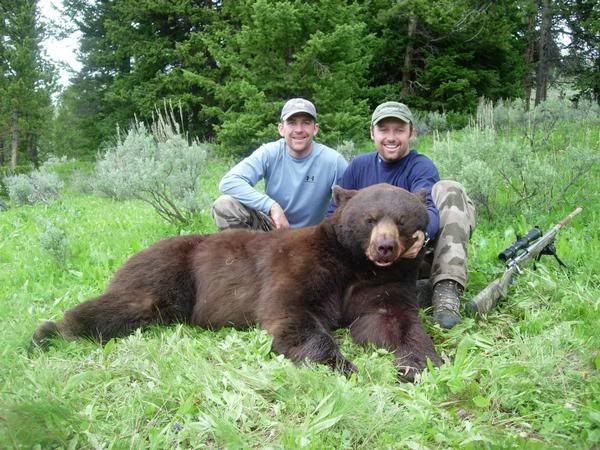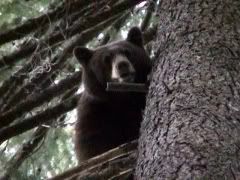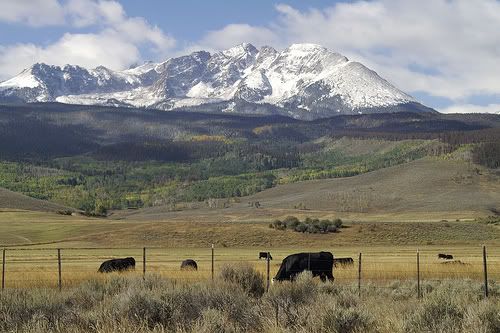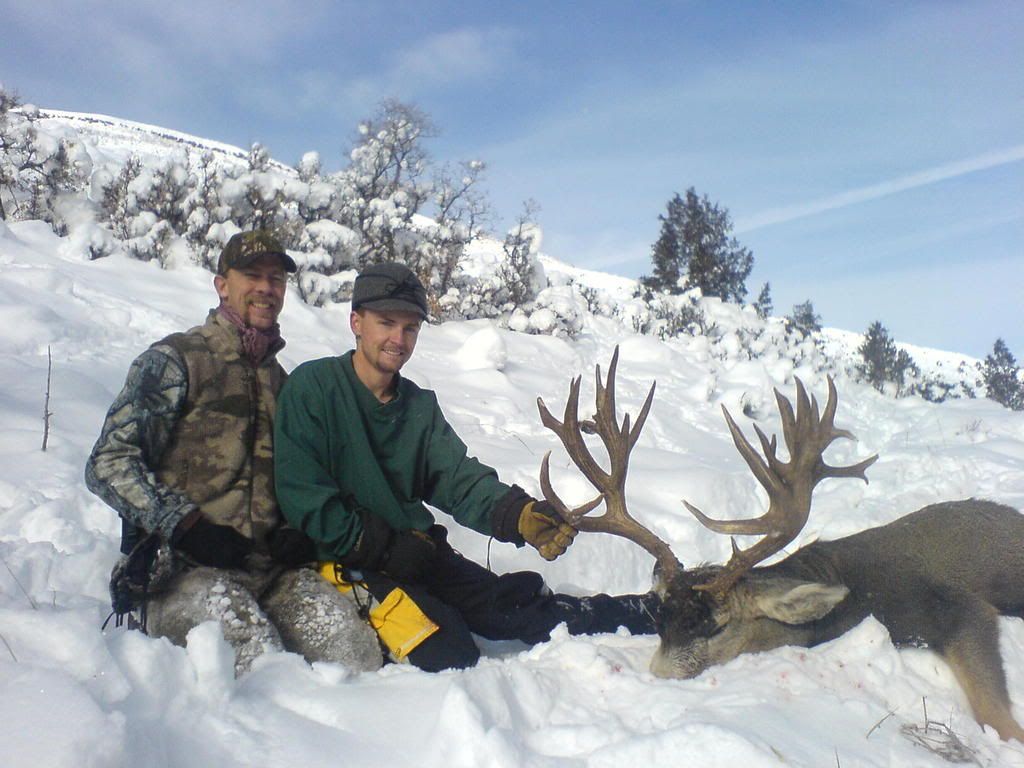
Must have a license to apply for a point
Basic hunting or combination licenses are required for additional permits.
Some hunting changes went into effect in Utah this year. One of those changes requires you to buy a hunting license or a combination license before you can apply for a hunting permit.
In addition to accepting applications for big game permits, the Division of Wildlife Resources is also accepting applications for bonus points and preference points.
But just like big game permits, you must have a valid Utah hunting or combination license before you can apply for a point.
“This change is important to the future of the state’s wildlife,” says Jim Karpowitz, director of the DWR. “As costs continue to rise, the requirement that hunters buy a license before they apply will provide us the revenue we need to continue managing big game and other wildlife into the future.”
Karpowitz has some advice for you as you decide which license to buy: the hunting license, which costs $26 for residents, or the combination license, which costs $30. “I’d encourage you to buy the combination license,” he says. “It costs $4 more than a hunting license, but it also allows you to fish.”
Hunting and combination licenses are available at wildlife.utah.gov. You can also obtain one from DWR offices and more than 350 hunting license agents across Utah.
Apply for a point by Feb. 29
Bonus points and preference points give hunters who won’t be hunting this year a better chance at obtaining a permit next year.
Applications for a bonus point or a preference point will be accepted until Feb. 29. You can apply for a point through the Internet (wildlife.utah.gov) until 11 p.m. on Feb. 29.
You can also apply over the phone at (801) 538-4700. Phone-in applications for a point must be received no later than 5 p.m. on Feb. 29.
For more information, call the Utah Wildlife Administrative Services office at 1-800-221-0659, the nearest Division of Wildlife Resources office or the DWR’s Salt Lake City office at (801) 538-4700.
————————————-
Why the change?
This change was made to raise more revenue by spreading the cost of wildlife management out more equally among everyone. Here’s one example of why the extra funding is needed:
Costs for habitat projects, surveys and management, and law enforcement have grown considerably over the past few years. On Utah’s limited entry units, the cost to manage the unit is usually higher than the amount of money brought in through the few permits that are sold for the unit and all of the application fees collected for the unit.
Because only a few permits are offered for these units, simply raising the cost for the permits would still not provide the funding needed to manage these units effectively. The DWR had to find new ways to generate funding to continue offering quality hunting in Utah.
In the past, paying $5 to try and draw a big game permit was the only financial contribution many people made to Utah’s wildlife. Now everyone must buy a hunting or combination license before they can apply for or obtain a hunting permit. The DWR believes this is a fair way to spread the cost of wildlife management out among all sportsmen.
In addition to allowing you to apply for a permit, a hunting license allows you to hunt small game in Utah. And a combination license allows you to hunt small game and fish. If you’re a nonresident big game hunter, the DWR realizes your primary focus is on larger animals, but we encourage you to try Utah’s excellent small game hunts and blue-ribbon fisheries as you travel the state this year.
Which license should I buy?
There’s only a slight difference between the cost of a hunting license, which allows you to hunt small game, and a combination license, which allows you to hunt small game and fish.
Residents can buy a hunting license for $26; a combination license costs $30.
Nonresidents can buy a hunting license for $65; a combination license costs $80.
How will the DWR use the new funding?
The following are some of the ways the new funding will benefit sportsmen and wildlife:
- More habitat work will be done to benefit big game and other wildlife across Utah.
- The state’s wildlife and waterfowl management areas will be improved.
- The amount of private land open to sportsmen through the DWR’s new Walk-In Access program will continue to grow.
- Work will continue to control phragmites, a plant that’s invaded many of the marshes along the eastern shore of the Great Salt Lake.
Other benefits
- Because fewer hunters should apply, you should have a better chance of drawing a permit.
- Even with the new license requirement, overall Utah is still the least expensive state in the West for nonresidents to apply for and obtain a limited entry permit or a bonus point.
If you have comments or questions, please send them to DWRcomment@utah.gov.


 In the last 25 years, Utah’s elk herd has mushroomed. This phenomenon has coincided with the decline of mule deer populations, hence, there are numerous persons and groups trying to determine if there is a relationship between increasing elk and decreasing mule deer. Thirty years ago, Utah’s few elk were primarily in the North. Today, Northern Utah possibly has the least elk in the state. Overall, the elk population has increased more than 10-fold.
In the last 25 years, Utah’s elk herd has mushroomed. This phenomenon has coincided with the decline of mule deer populations, hence, there are numerous persons and groups trying to determine if there is a relationship between increasing elk and decreasing mule deer. Thirty years ago, Utah’s few elk were primarily in the North. Today, Northern Utah possibly has the least elk in the state. Overall, the elk population has increased more than 10-fold. black bears, allowing predator numbers to stay at maximum while mule deer numbers remain perpetually dismal. A Utah Forest Ranger told me that, in the three year period, preceding 2003, there had been 89 black bears released between the Idaho border and the Monte Cristo highway (Rich, Cache, and Weber counties), most of which were troublesome bears removed from Yellowstone.
black bears, allowing predator numbers to stay at maximum while mule deer numbers remain perpetually dismal. A Utah Forest Ranger told me that, in the three year period, preceding 2003, there had been 89 black bears released between the Idaho border and the Monte Cristo highway (Rich, Cache, and Weber counties), most of which were troublesome bears removed from Yellowstone. In the last twenty years, there has been a serious decline in ranching and farming in Northern Utah. This has negatively impacted mule deer both in reduced predator control and in reduced grazing which means less quality deer browse. Forest management has never been worse in terms of sustaining or creating habitat for mule deer. Forest Service personnel seem to be interested in only one type of forest – climax forest, which is not good for wildlife and which maintains a tinder box for fire. In the last two decades, southern Utah has had more favorable conditions for mule deer than Northern Utah. Moreover, Southern Utah has fewer hunters. Most of Southern Utah has remained rural. Ranching is still fairly common in Southern Utah, and predator control is still important to ranchers. There is also virtually unlimited winter habitat for most Southern Utah deer.
In the last twenty years, there has been a serious decline in ranching and farming in Northern Utah. This has negatively impacted mule deer both in reduced predator control and in reduced grazing which means less quality deer browse. Forest management has never been worse in terms of sustaining or creating habitat for mule deer. Forest Service personnel seem to be interested in only one type of forest – climax forest, which is not good for wildlife and which maintains a tinder box for fire. In the last two decades, southern Utah has had more favorable conditions for mule deer than Northern Utah. Moreover, Southern Utah has fewer hunters. Most of Southern Utah has remained rural. Ranching is still fairly common in Southern Utah, and predator control is still important to ranchers. There is also virtually unlimited winter habitat for most Southern Utah deer.

